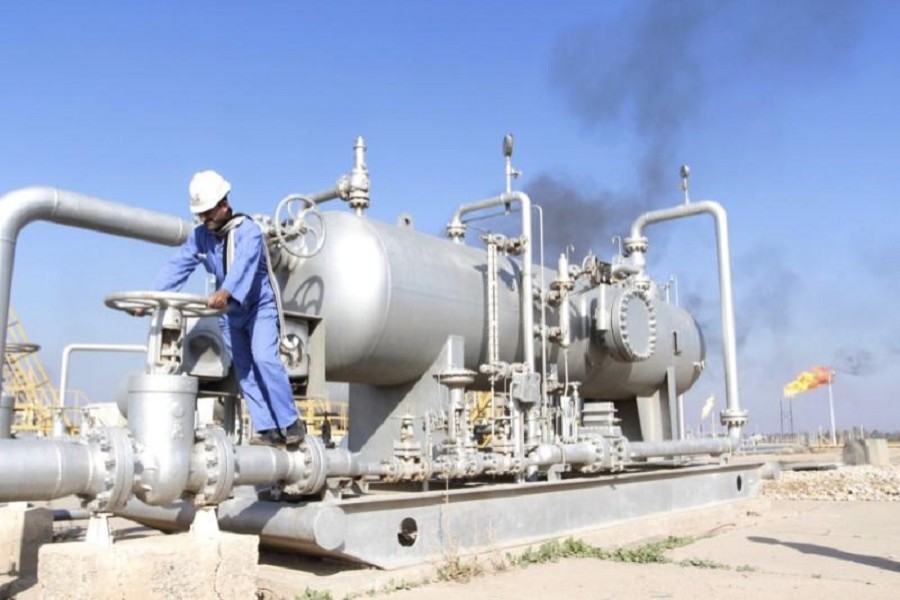Oil edged up on Monday, lifted by an ongoing North Sea pipeline outage and over signs that booming US crude output growth may be slowing, although the outlook for oil markets cites ample supplies despite ongoing production cuts led by OPEC.
US West Texas Intermediate (WTI) crude futures CLc1 were at $57.39 a barrel at 0447 GMT, up 9 cents or 0.2 per cent from their last settlement.
Brent crude futures LCOc1, the international benchmark for oil prices, were at $63.37 a barrel, up 14 cents or 0.2 per cent from their last close.
Traders said the slightly higher prices came on the back of the North Sea Forties pipeline system outage, which provides crude that underpins the Brent price benchmark, as well as indicators that US oil production growth may be slowing down.
”The shutdown of the Forties pipeline in the North Sea, combined with inventories hitting a two-year low, helped paint a positive (oil price) picture,” ANZ bank said on Monday.
In the United States, energy companies cut rigs drilling for new production for the first time in six weeks, to 747, in the week ended December 15, energy services firm Baker Hughes said on Friday.
Despite this dip in drilling, activity is still well above this time last year, when the rig count was below 500, and actual US production C-OUT-T-EIA has soared by 16 per cent since mid-2016 to 9.8 million barrels per day (bpd).
This means US output is fast approaching that of top producers Saudi Arabia and Russia, which are pumping 10 million bpd and 11 million bpd respectively.
The rising US output also undermines efforts by the Organisation of the Petroleum Exporting Countries (OPEC), which is de-fecto led by Saudi Arabia, and a group of non-OPEC producers including Russia to withhold production to tighten the market and prop up prices.
Largely because of a rising shale output from the United States, the International Energy Agency (IEA) said global oil markets would show a slight supply surplus of around 200,000 bpd during the first half of 2018.
Data from the US Energy Information Administration (EIA) showed a similar surplus for that period and still indicate a supply overhang of 167,000 bpd for all of 2018.


